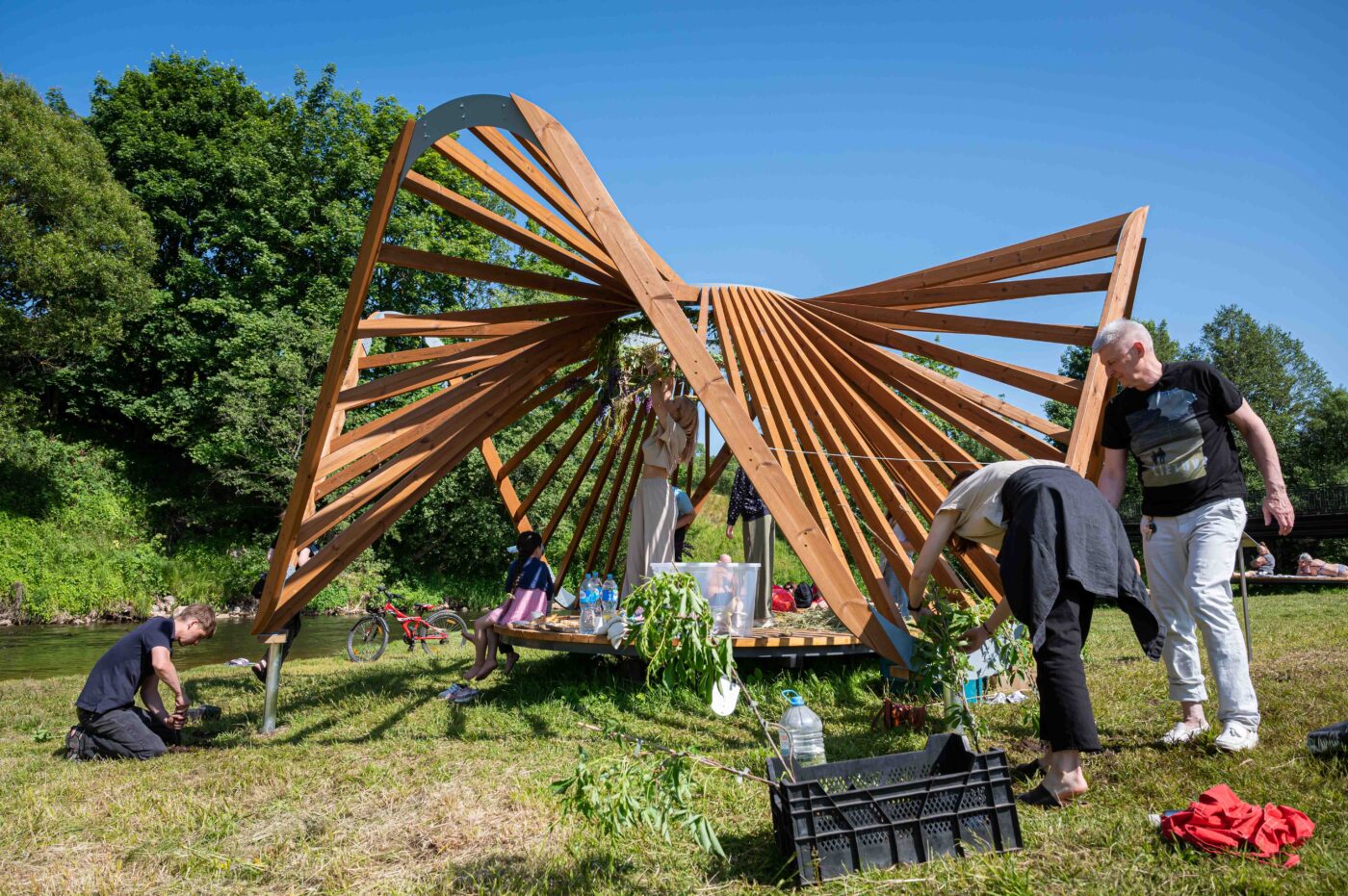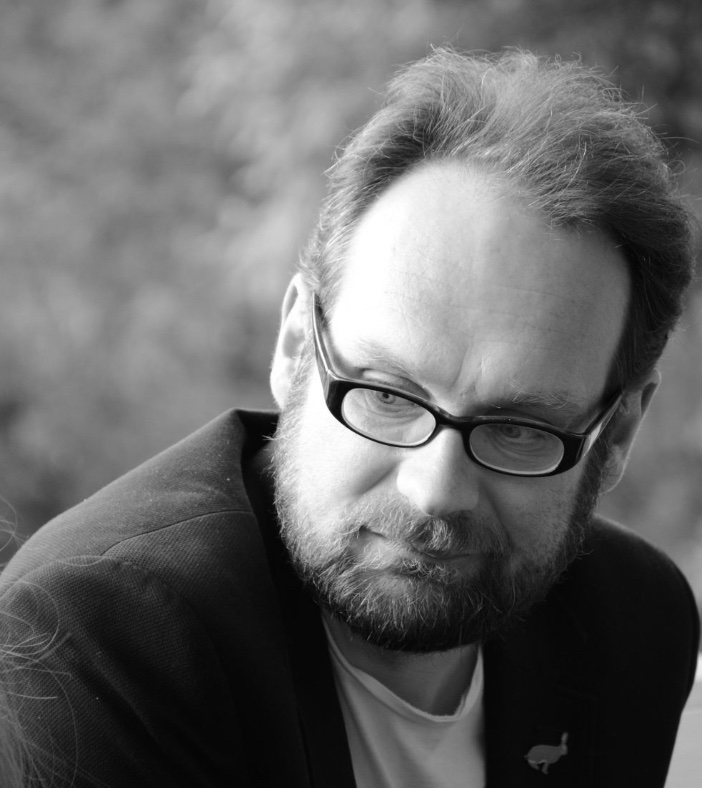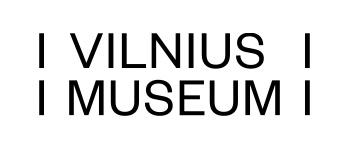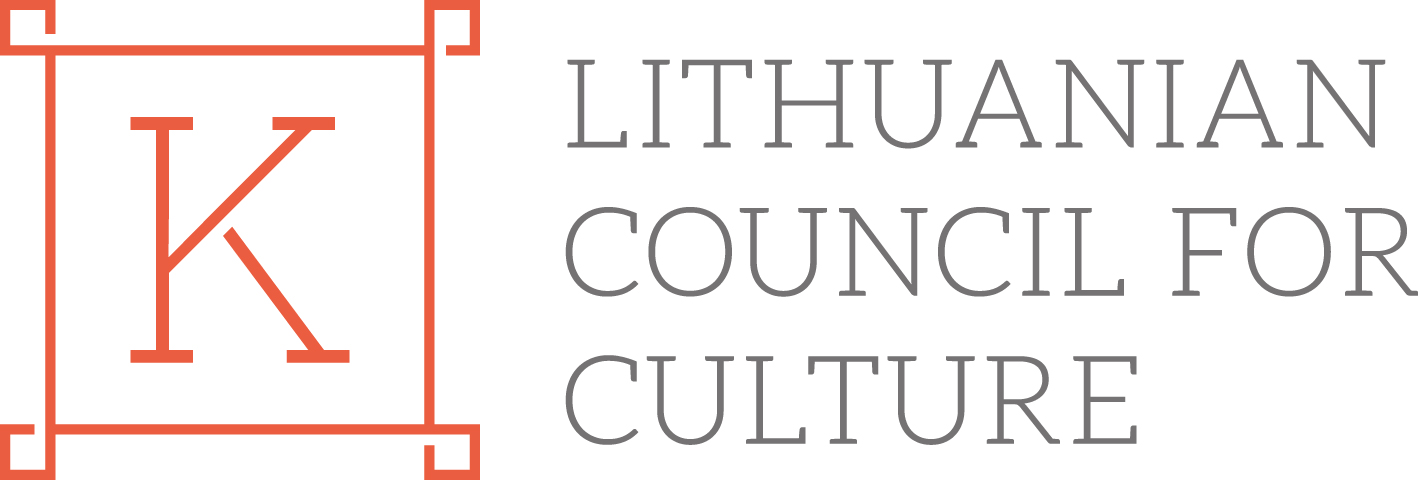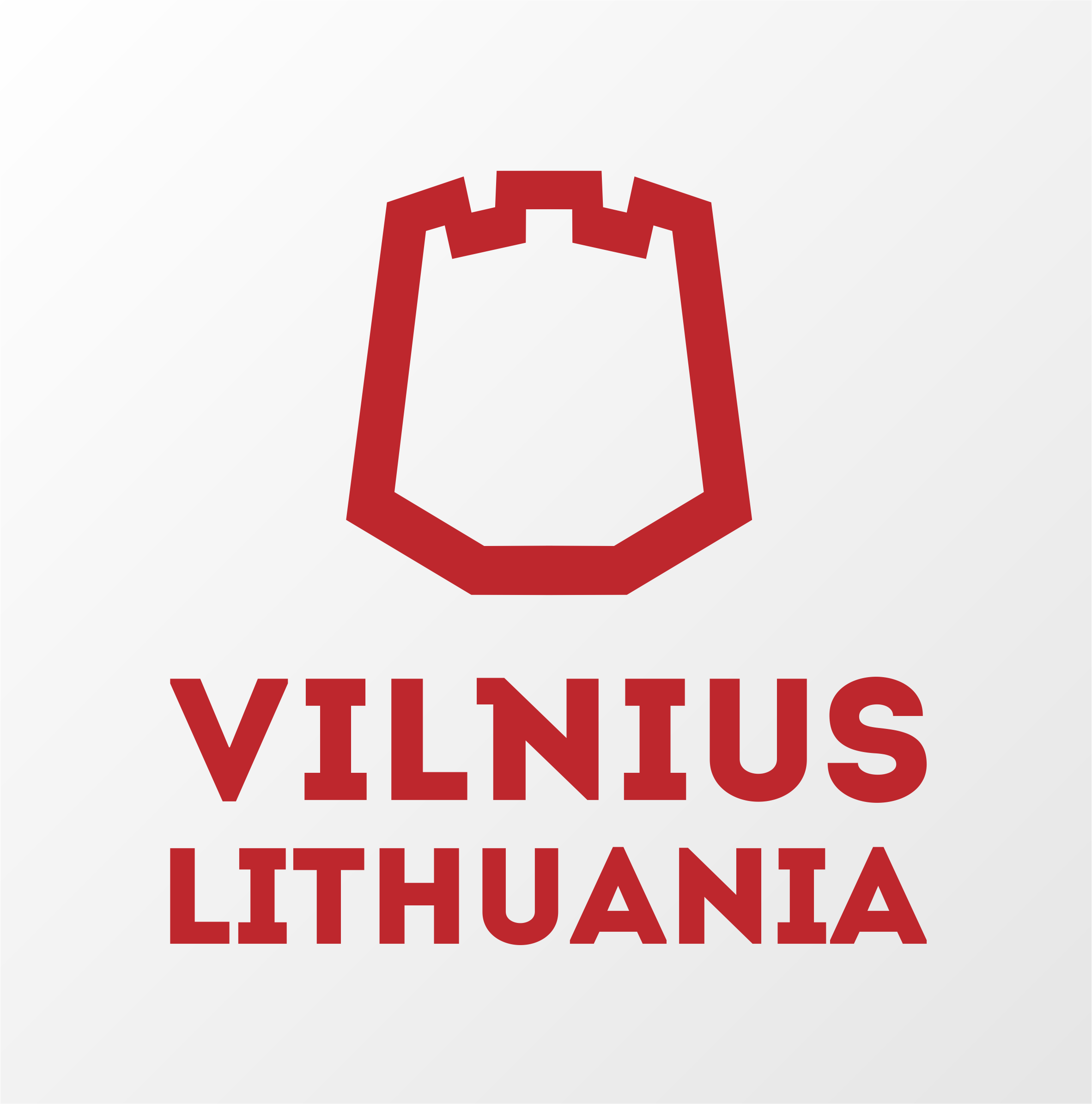Partners
Vilnius City Museum
The Critical+XWhy Agency
Social Media
Instagram – Vilnius City Museum
Instagram – The Critical+XWhy Agency
Facebook – Vilnius City Museum
YouTube – Vilnius City Museum
Contact
Vilnius City Museum
The Critical+XWhy Agency
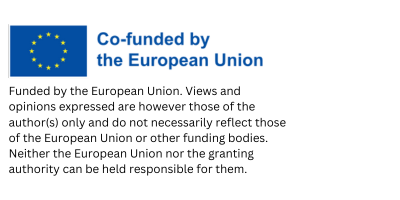
City Rationale
The drowned body surfacing from the deep, bearing all the physical evidence of a sea-change’ (Ulysses Episode 3 – Proteus). A sea-change reinvention has taken place in Lithuania over past decades, in which cities have rebuilt and reimagined themselves after half a decade of Soviet occupation. At the end of the Cold War, had you stood in the main square of any of these cities, you might have had concerns over their ability to become vital and vibrant European cities once again, but in fact they have exemplified how to shape a new and exciting European future, with Vilnius named in 2021 among the top-25 fDi’s Global Cities of the Future. The Proteus episode in Ulysses focuses on change and flux – nothing stays the same – and Vilnius has risen to the challenge and demonstrated how a city can reinvent itself. Vilnius, with its strong focus on creativity and growth in internationalisation, is the perfect city to engage with and to symbolise the optimistic themes of the Proteus episode.
Ulysses Episode
Stephen finds his way to Sandymount Strand and mopes around for some time, mulling various philosophical concepts, his family, his life as a student in Paris, and his mother’s death. As he reminisces and ponders, he lies down among some rocks, watches a couple whose dog urinates behind a rock, scribbles some ideas for poetry and picks his nose. This chapter is characterised by a stream of consciousness narrative style that changes focus wildly. Stephen’s education is reflected in the many obscure references and foreign phrases employed in this episode, which have earned it a reputation for being one of the book’s most difficult chapters.
Homer Odyssey Chapter
Book 4: In Sparta, Menelaus tells the famous story of the Trojan horse, Odysseus’s masterful gambit that allowed the Greeks to sneak into Troy and slaughter the Trojans. The following day, Menelaus recounts his own return from Troy. He says that, stranded in Egypt, he was forced to capture Proteus, the divine Old Man of the Sea. Proteus told him the way back to Sparta and then informed him of the fates of Agamemnon and Ajax, another Greek hero, who survived Troy only to perish back in Greece. Proteus also told him news of Odysseus—that he was still alive but was imprisoned by Calypso on her island. Buoyed by this report, Telemachus and Pisistratus return to Pylos to set sail for Ithaca.
Public Events
Public Symposium
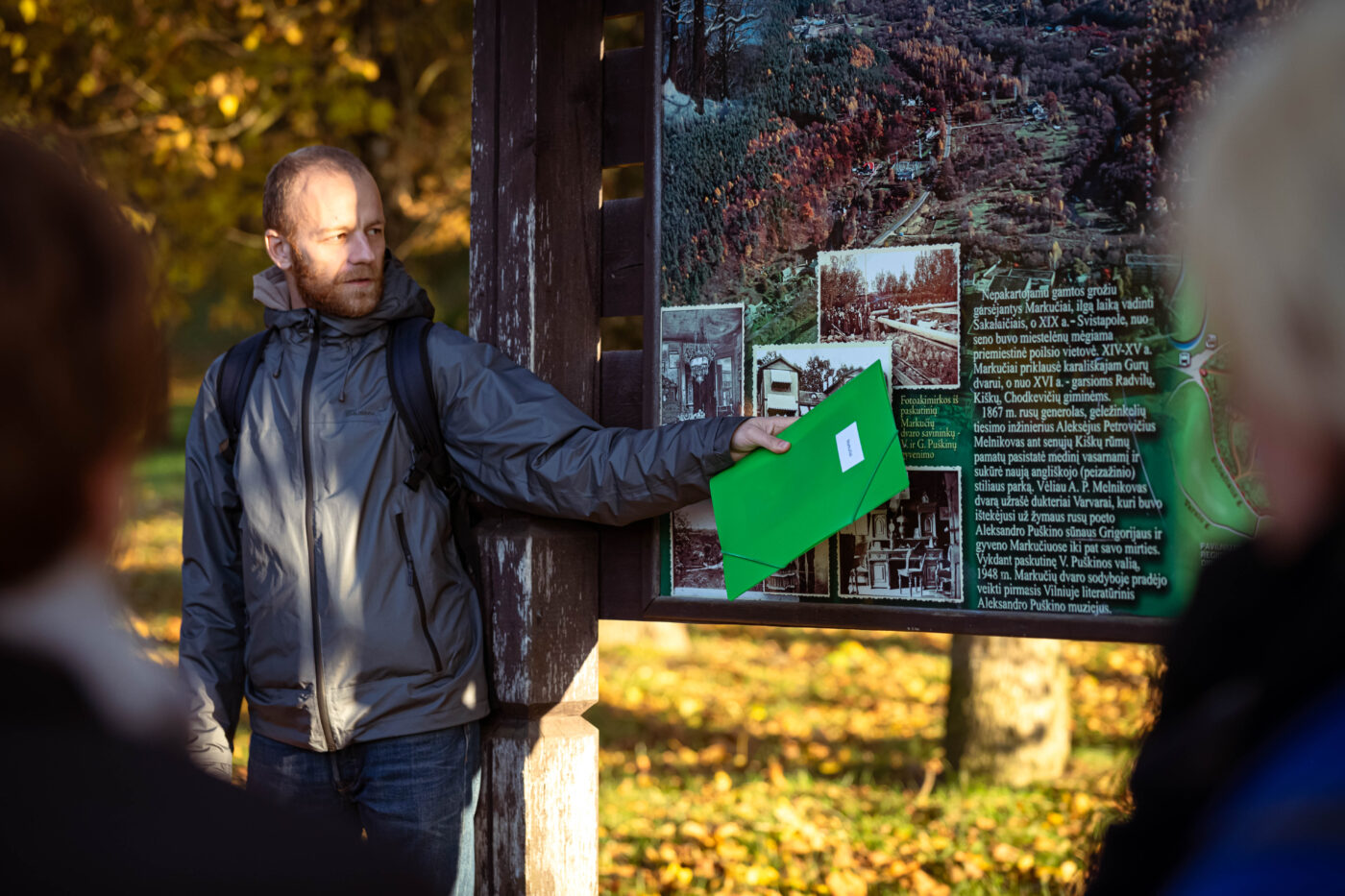
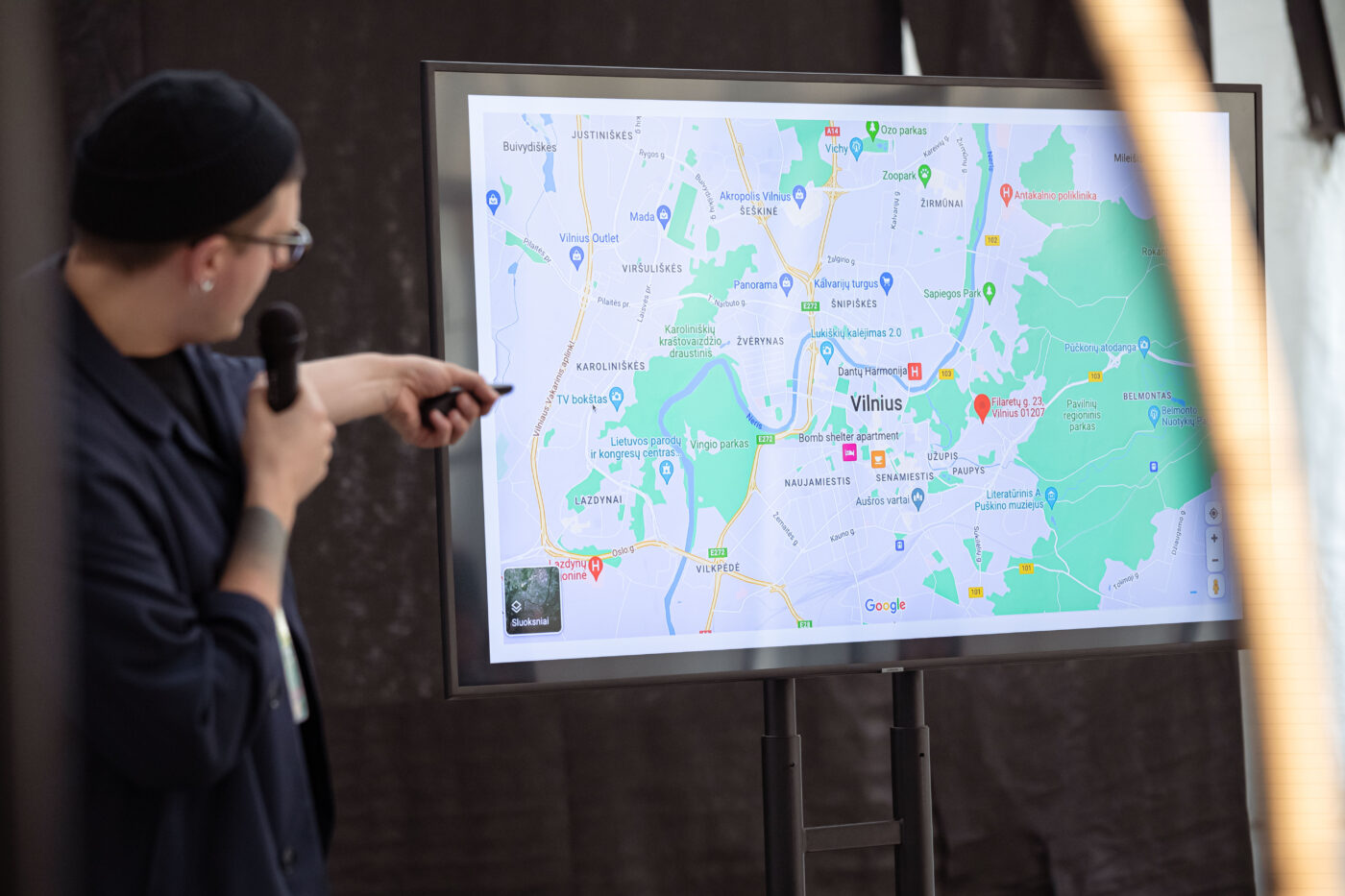
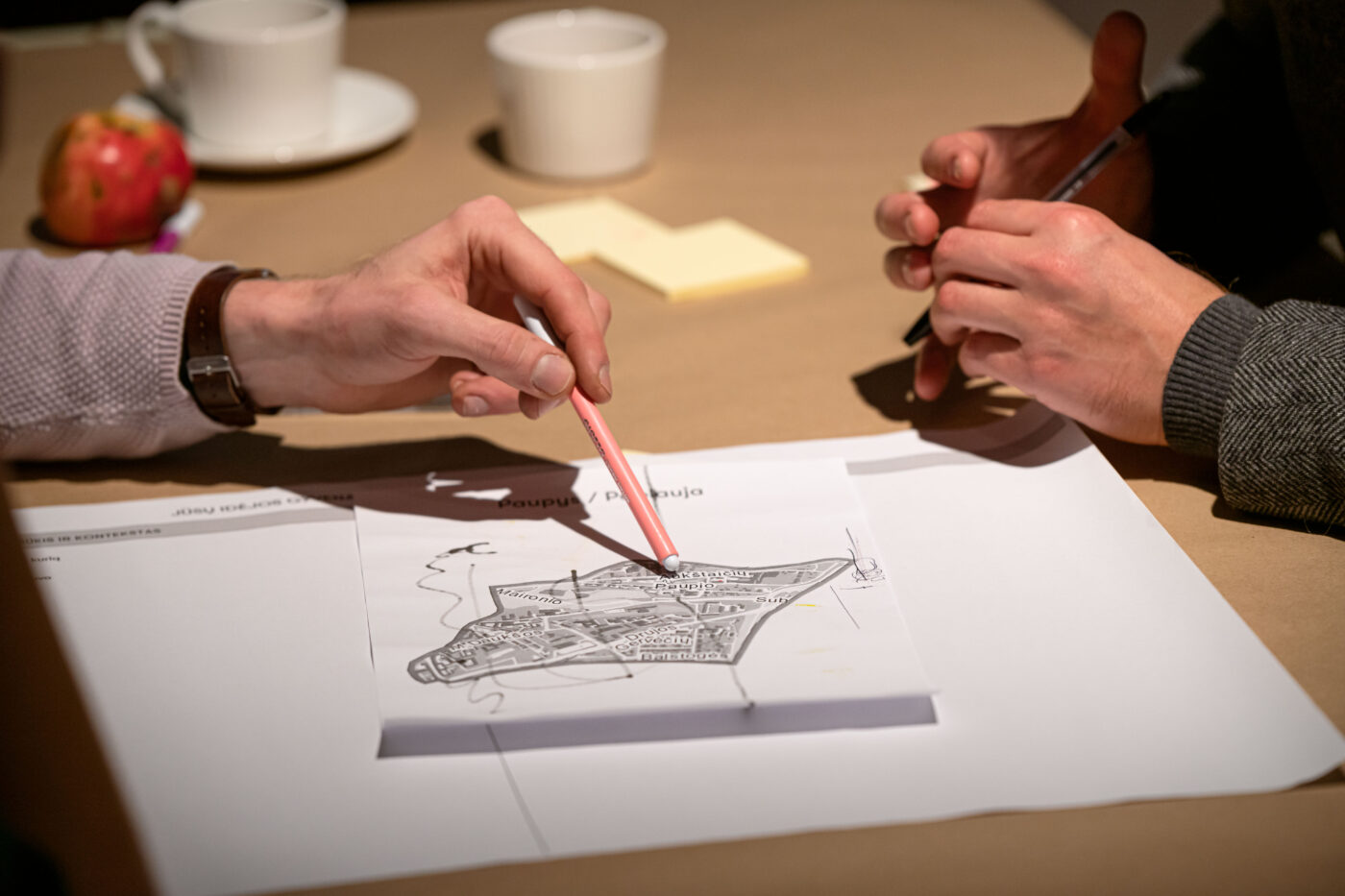
Artists’ Exchange
This project strand offered short residency opportunities in partner cities for 30 emerging artists as part of the legacy of this pan-European project.
Each city partner sent two artists on a residency to another partner’s city of a different art form, thereby seeking to enrich their professional practice through inter-disciplinary residencies. Artists were chosen on the basis of having demonstrated an interest in the hosting city’s Arts & Society contemporary European theme. They had to also practice a different art form from that of the hosting city’s public event. The project offered the emerging artists the opportunity to travel without the pressure to produce work and ideally to experience UEO’s public events.
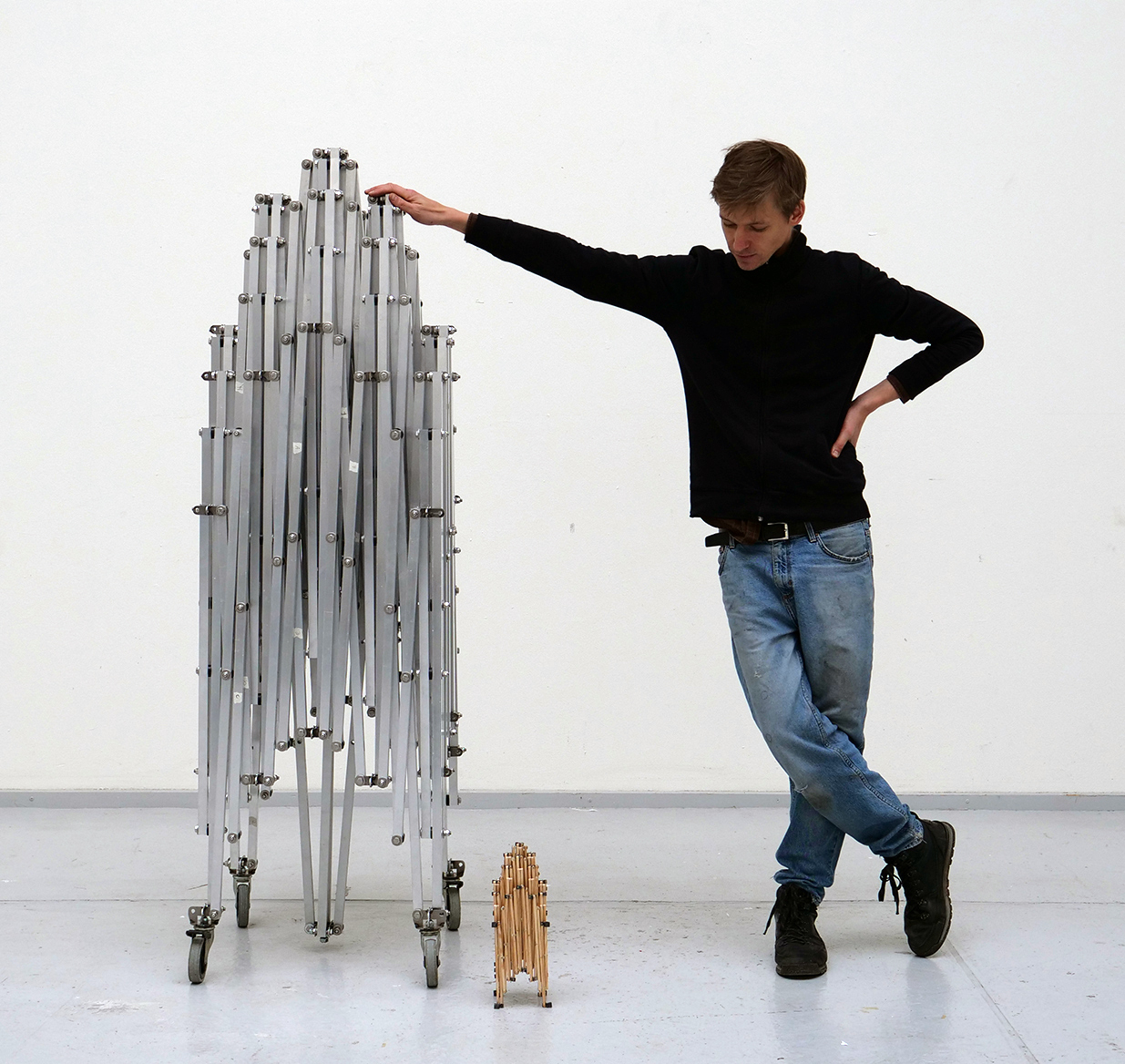
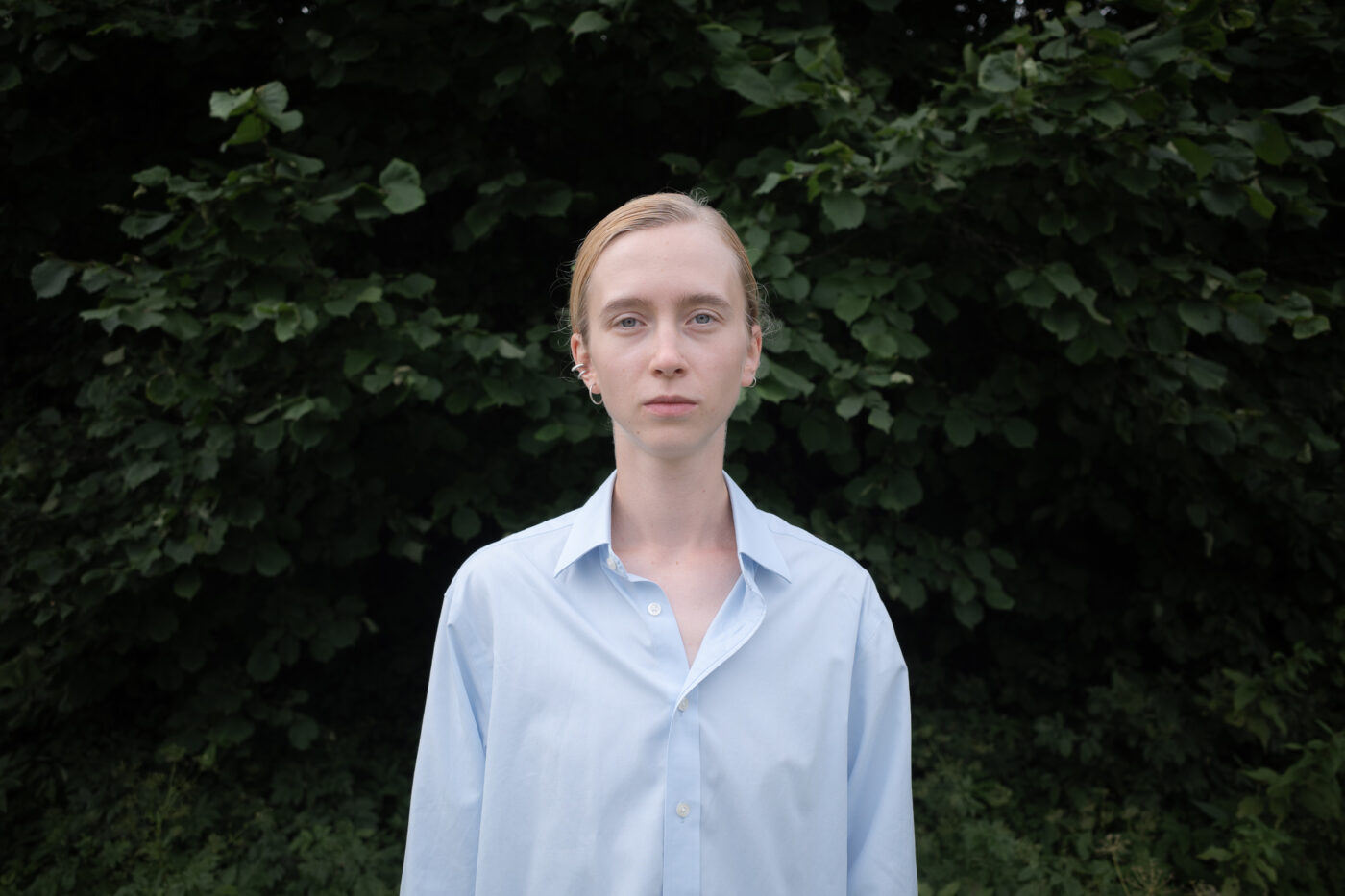
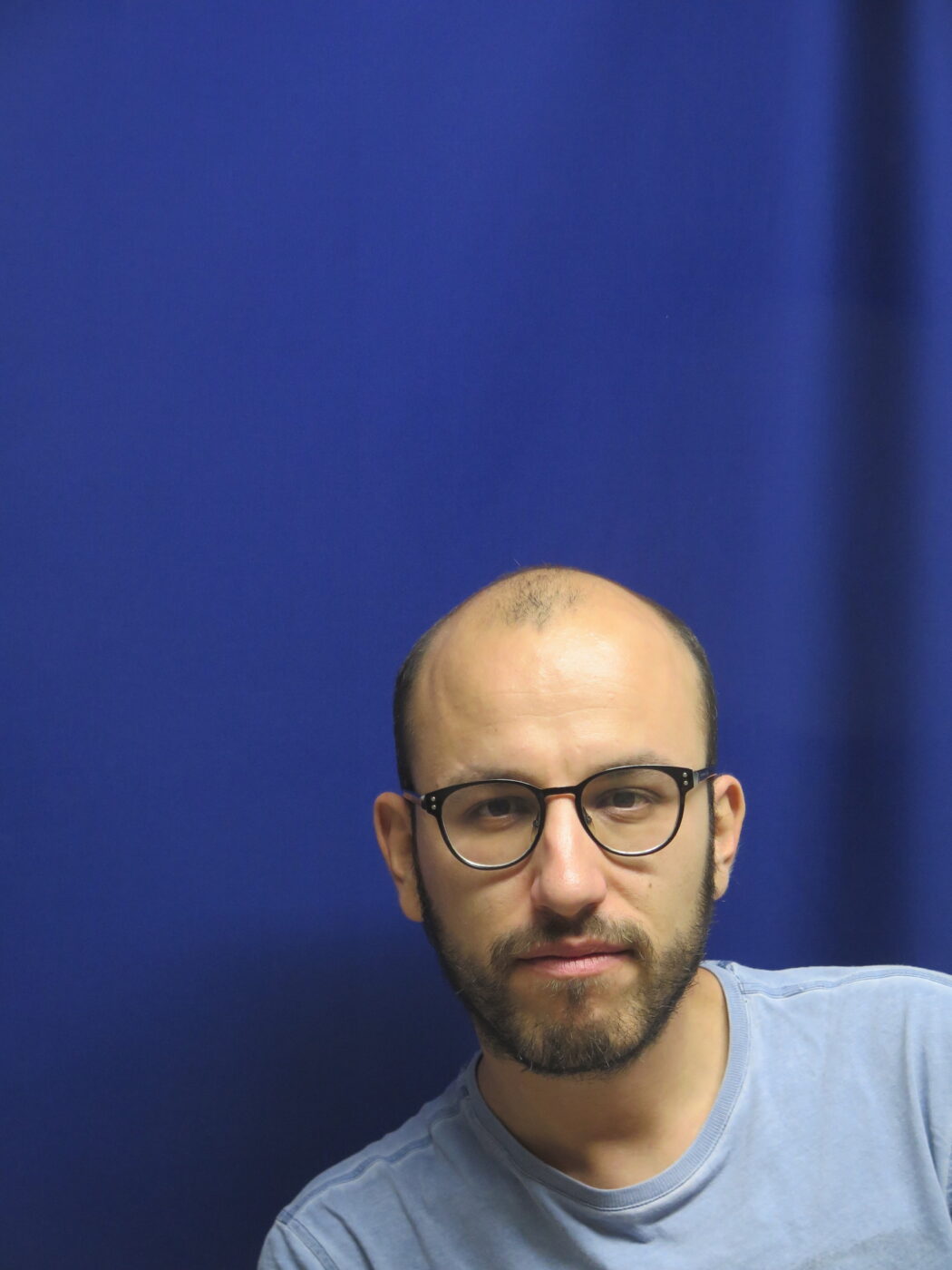
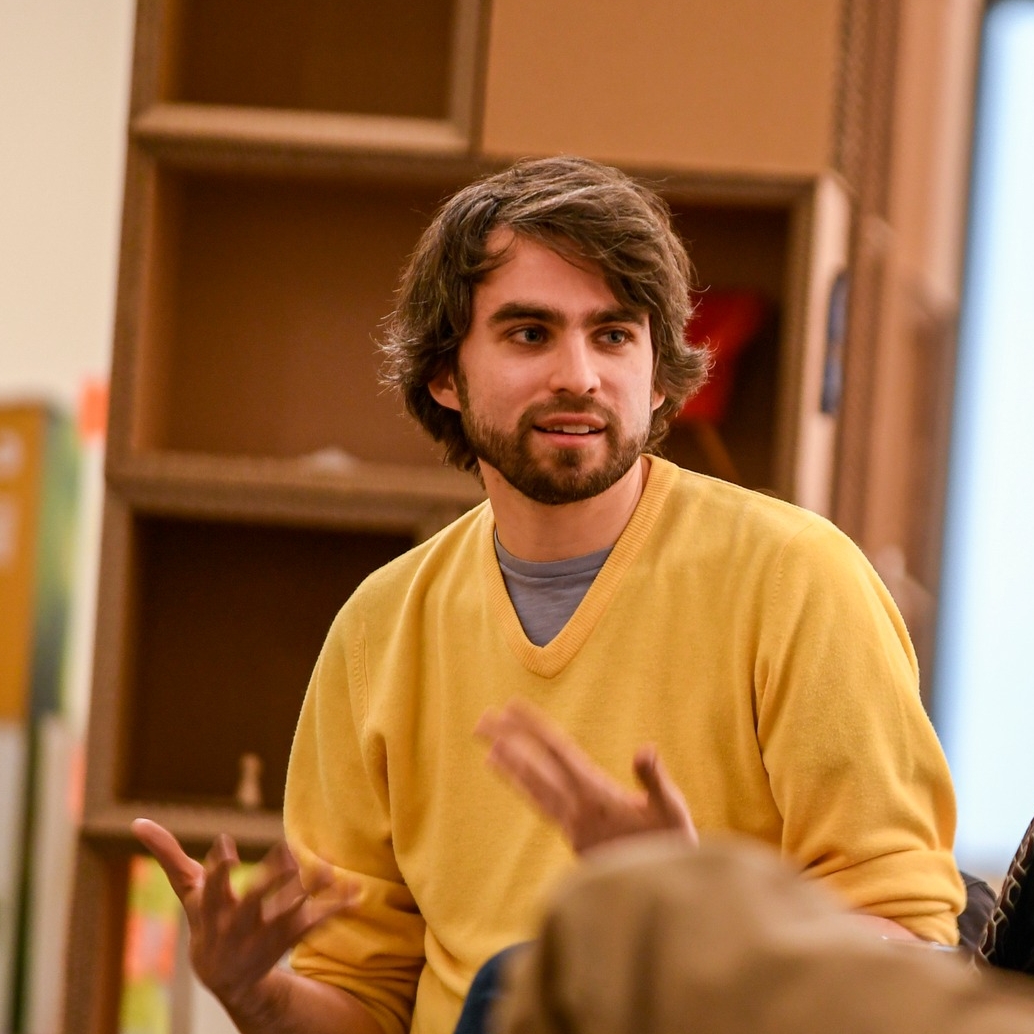
Book
Marketing Materials
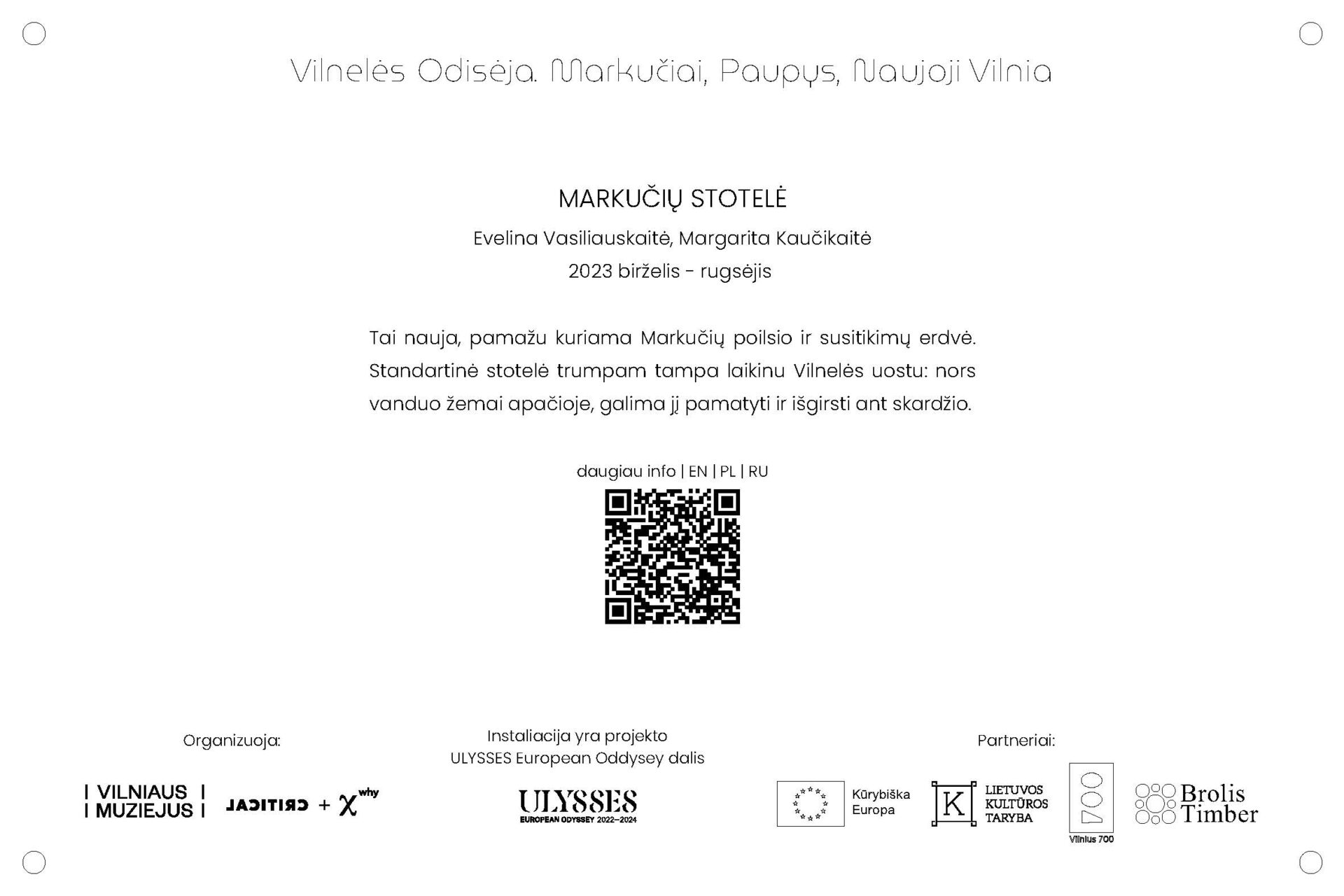
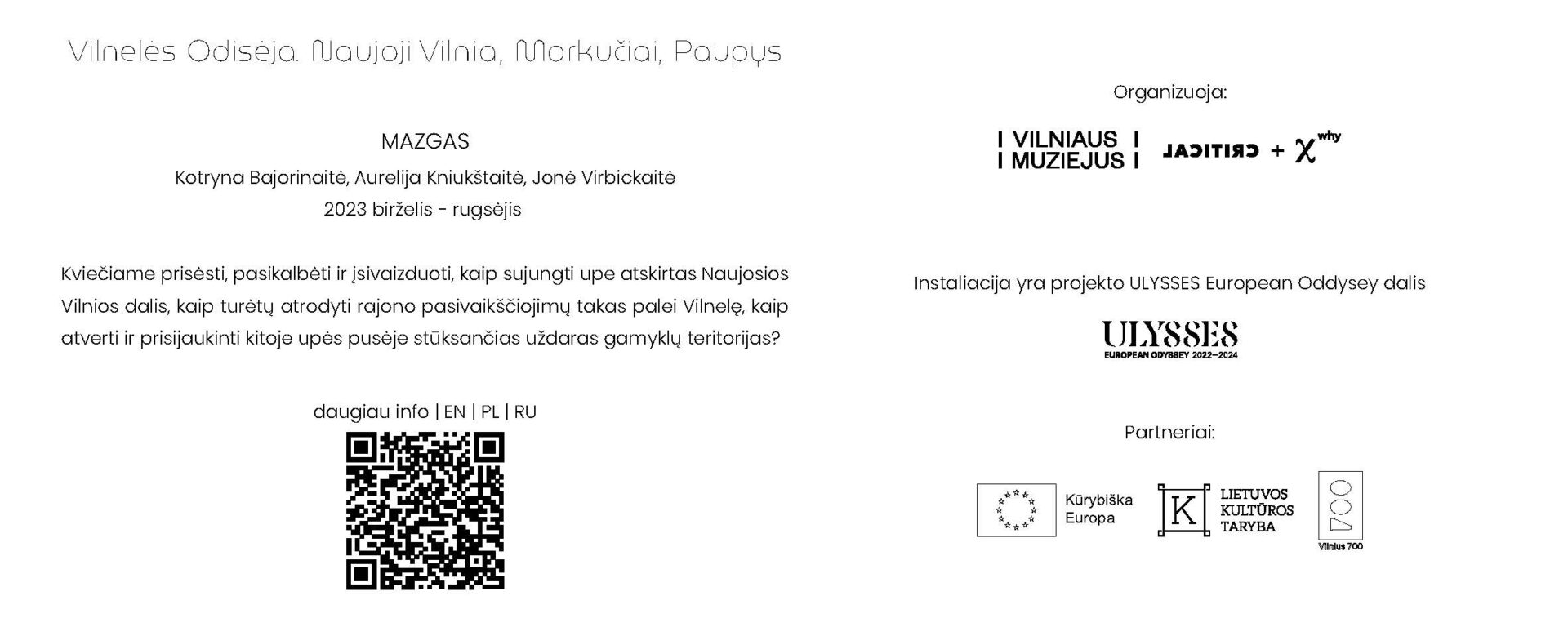
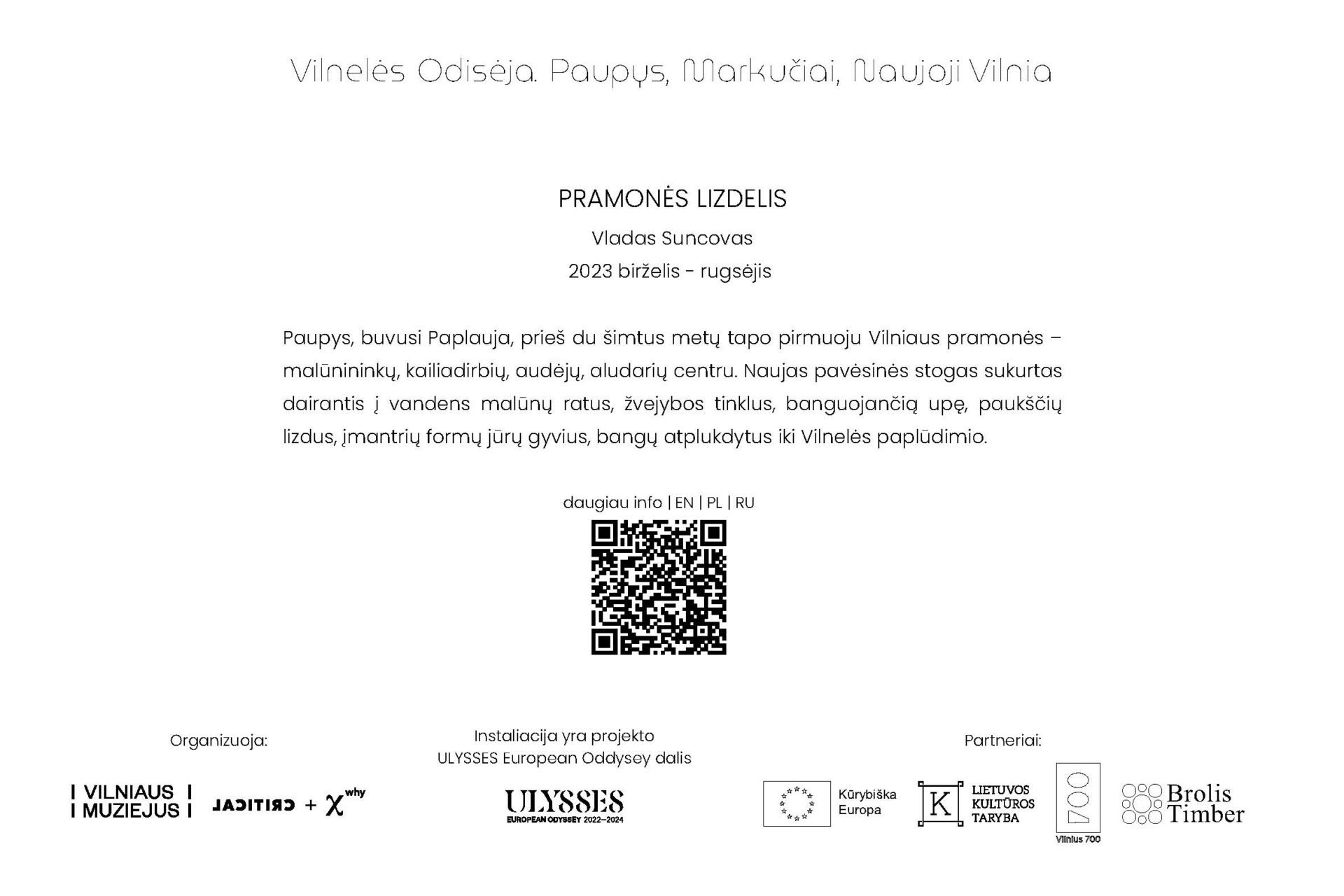
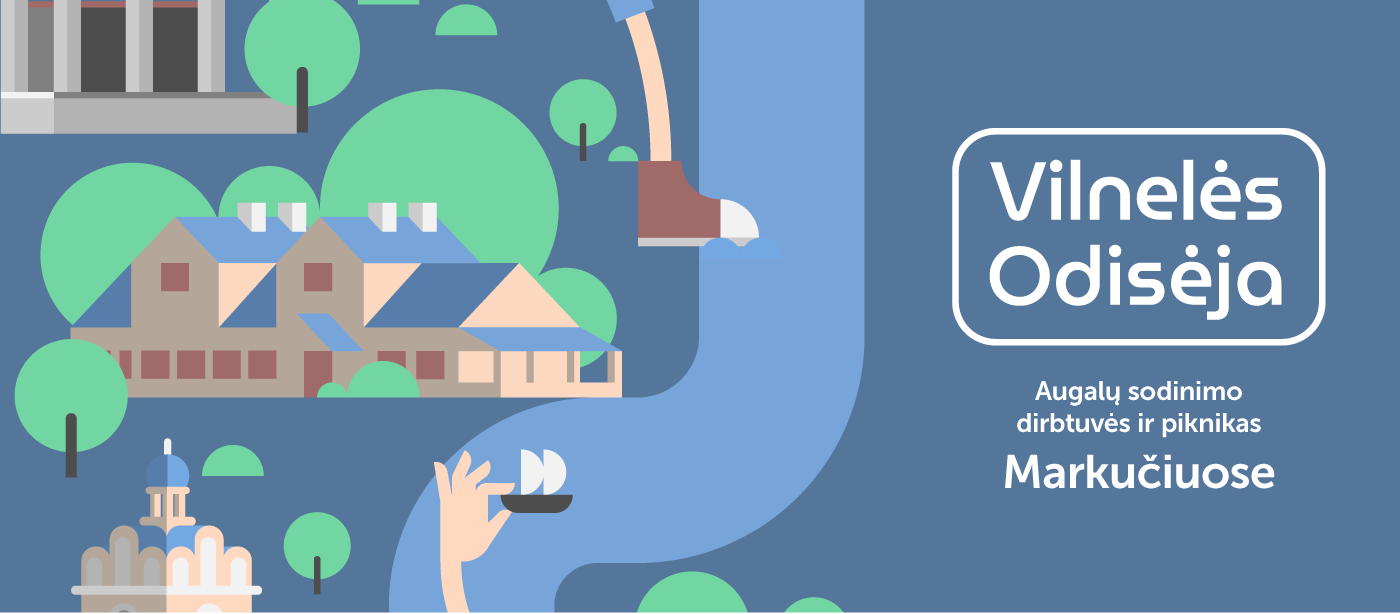
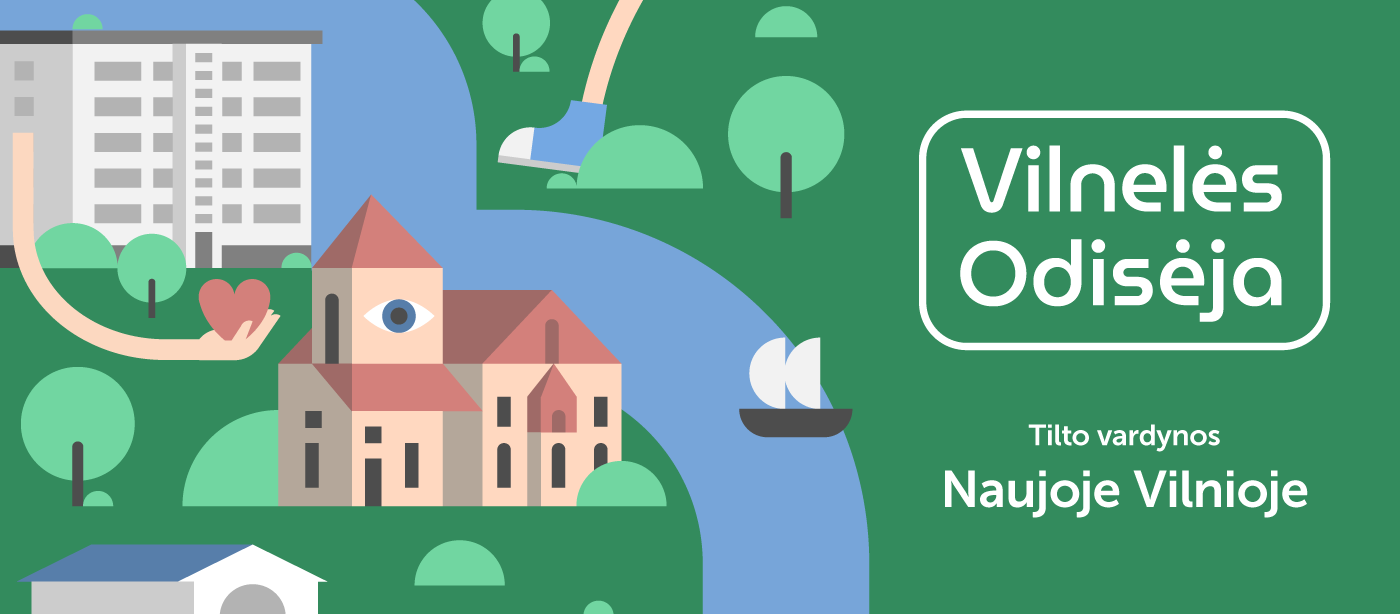
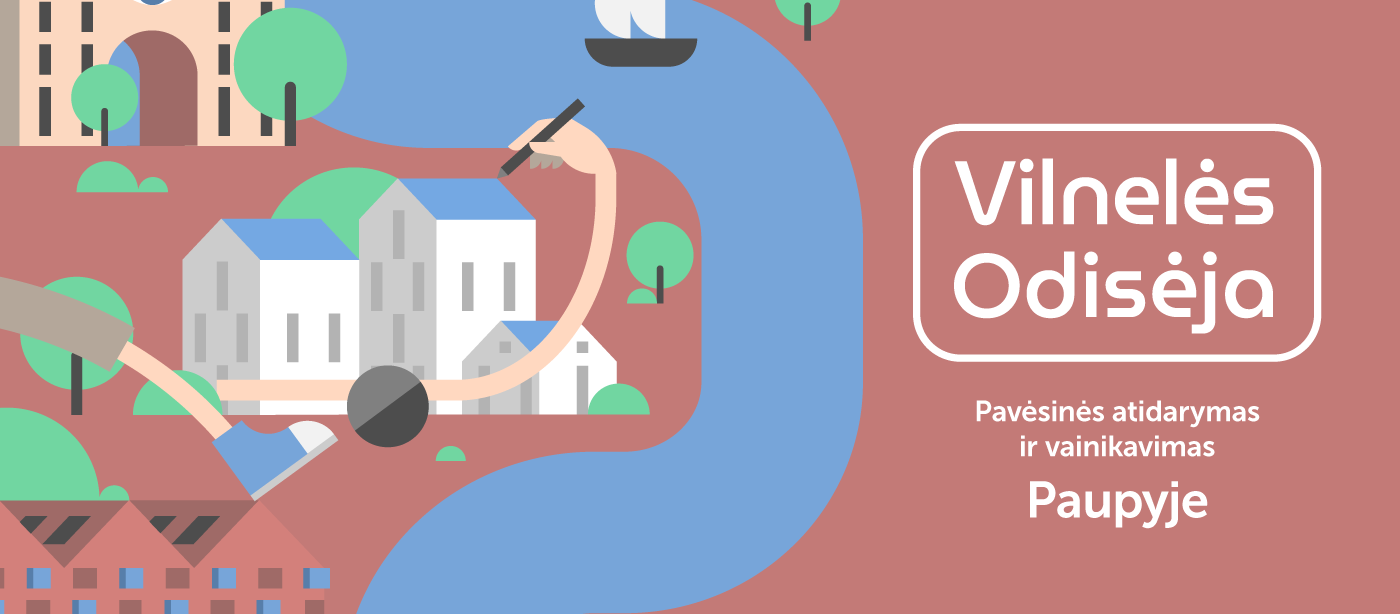
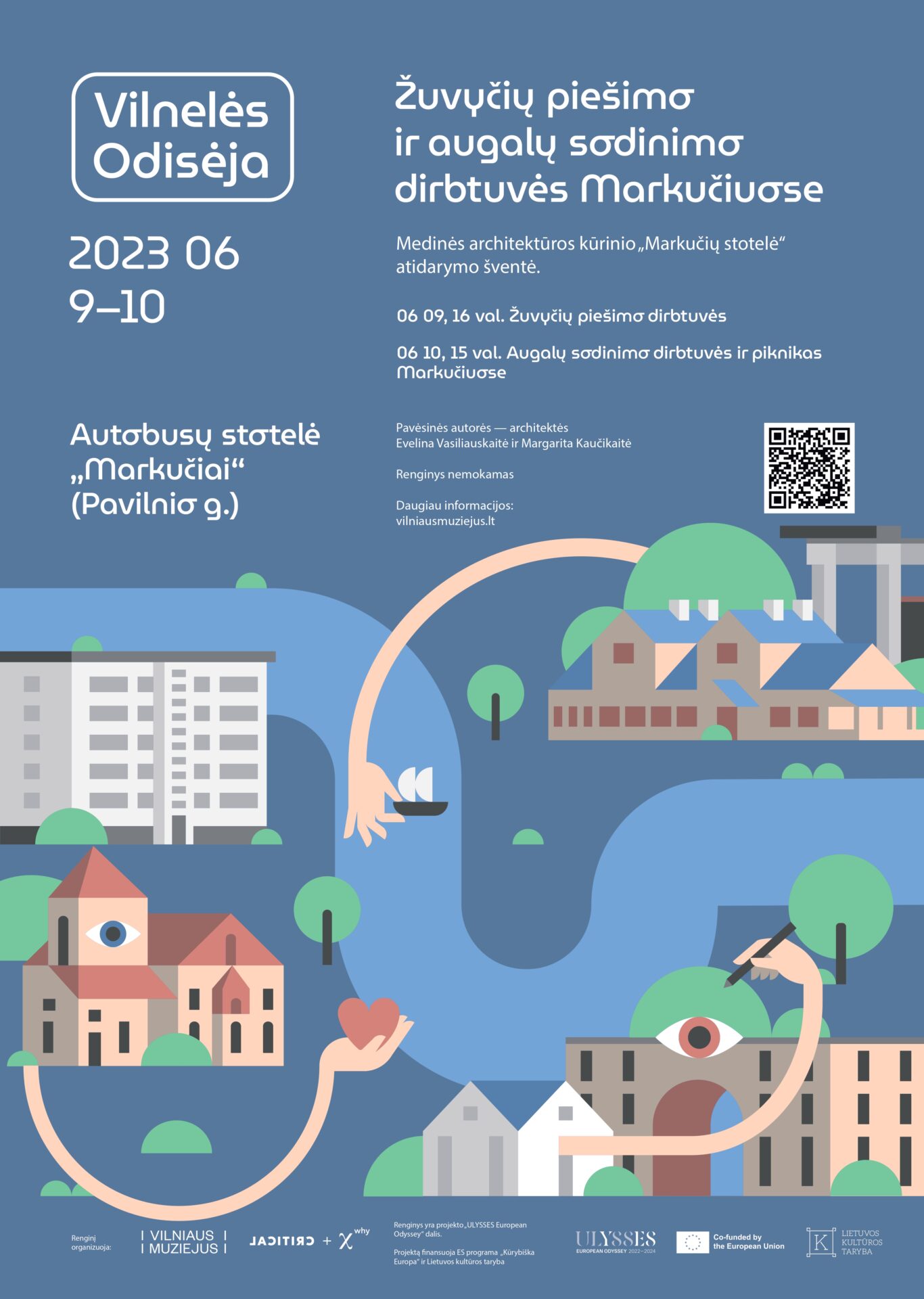
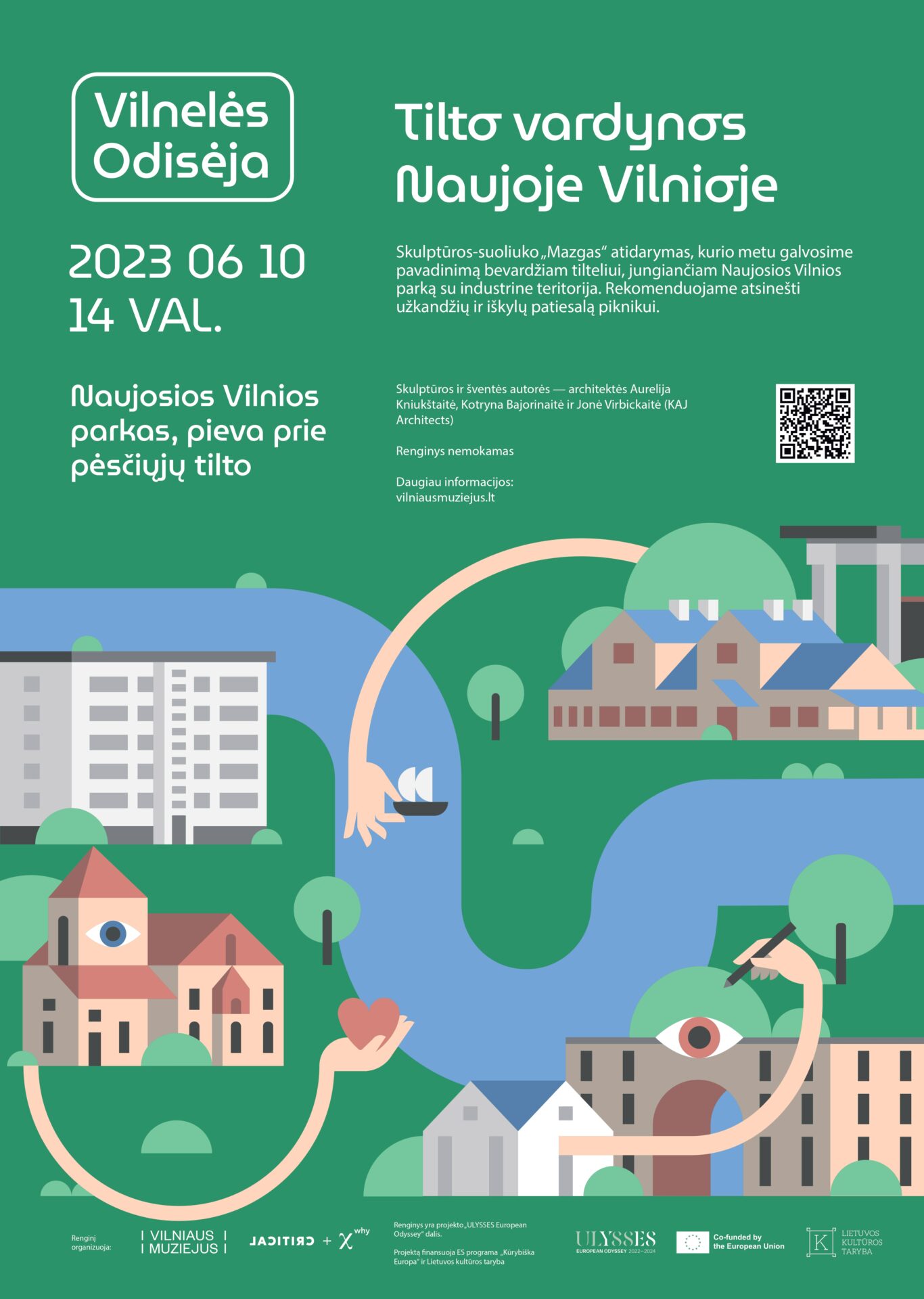
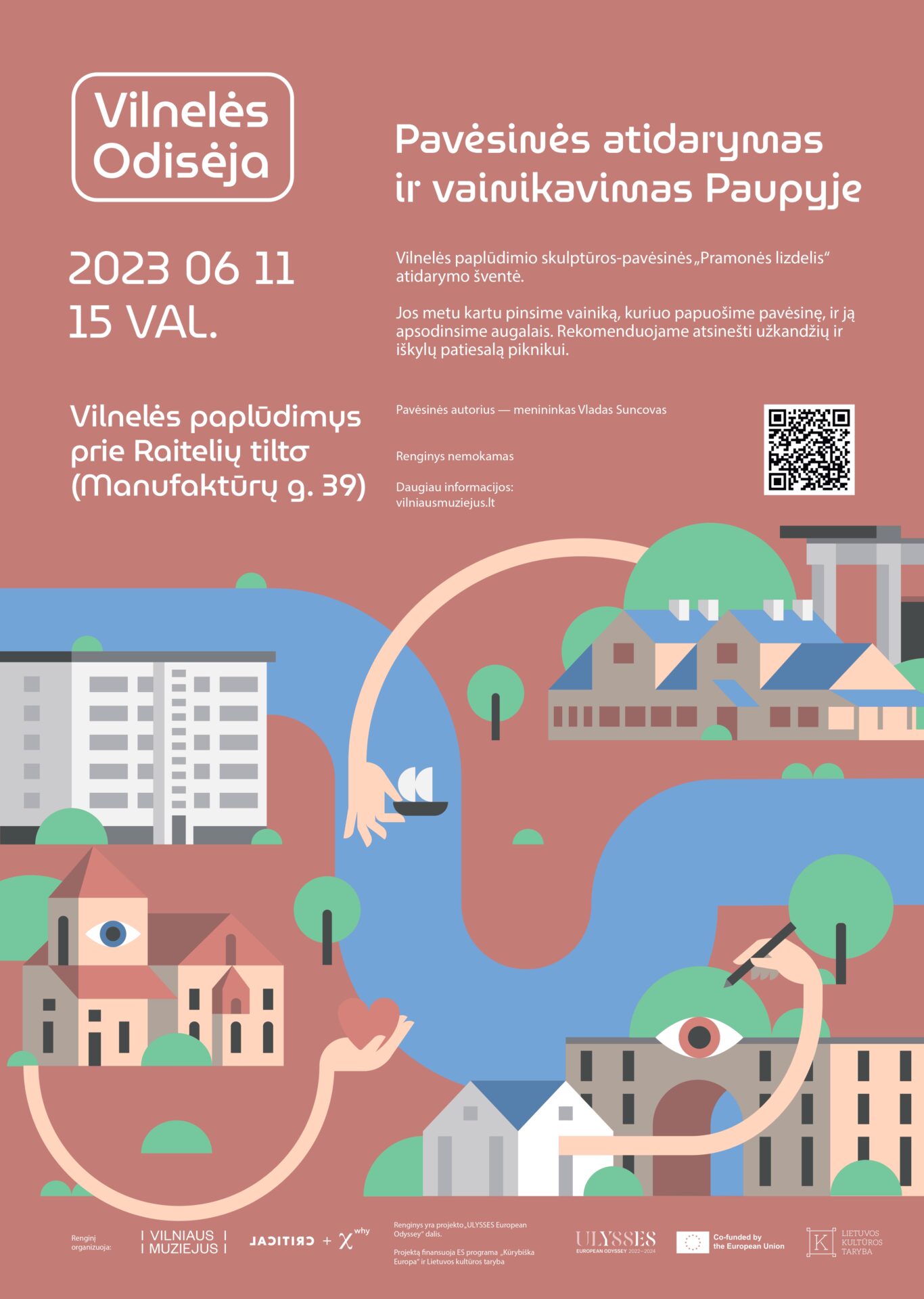
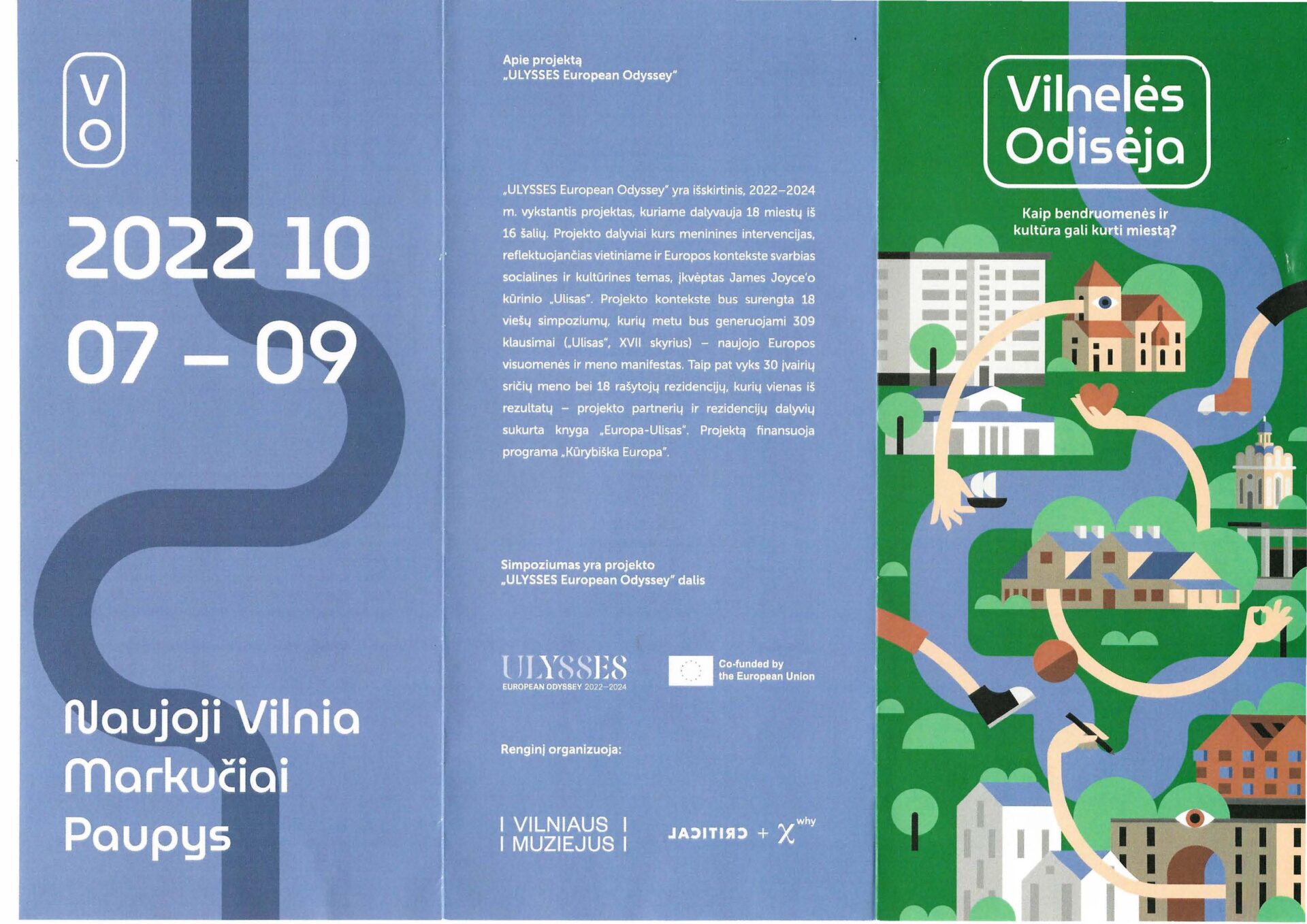
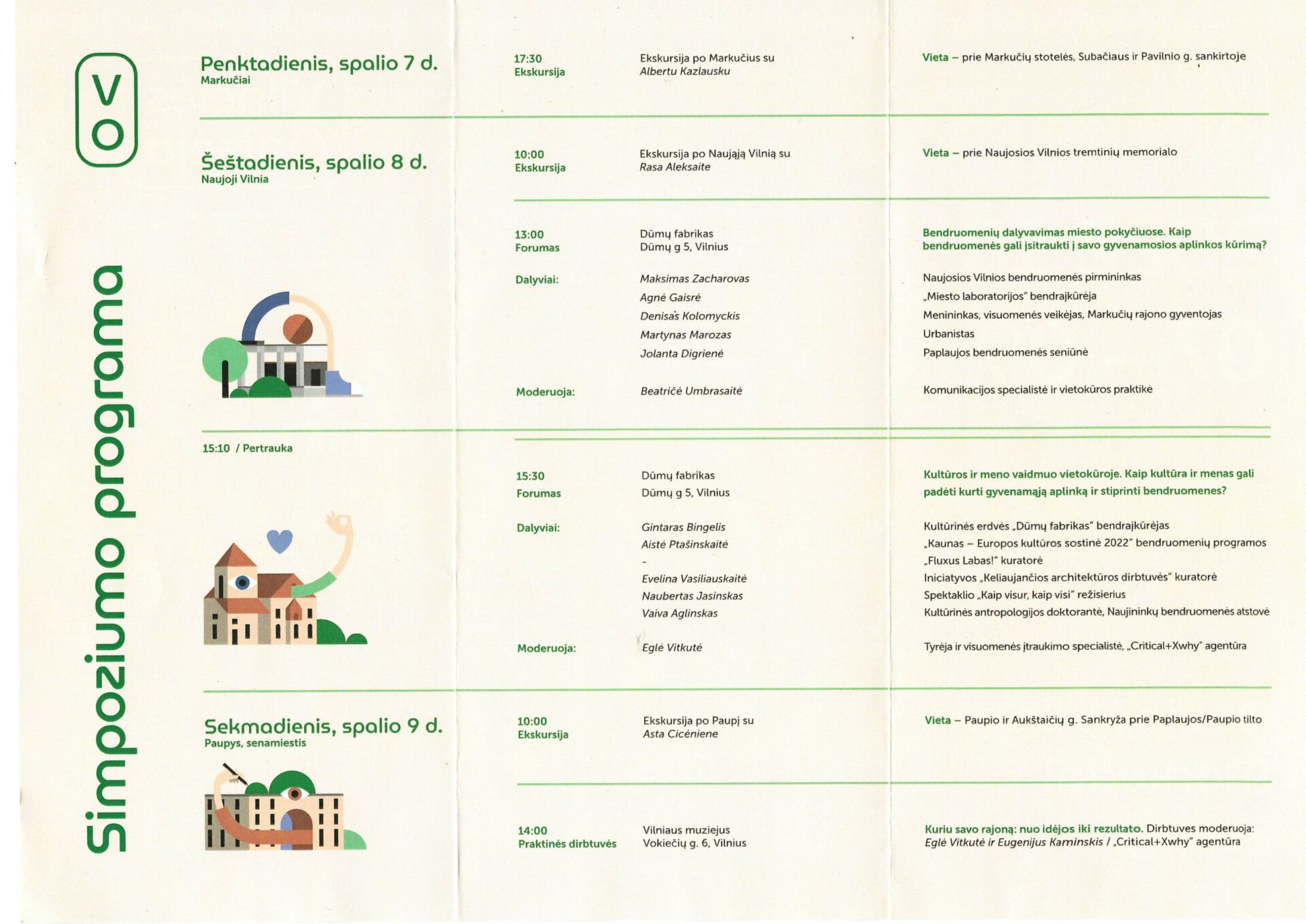
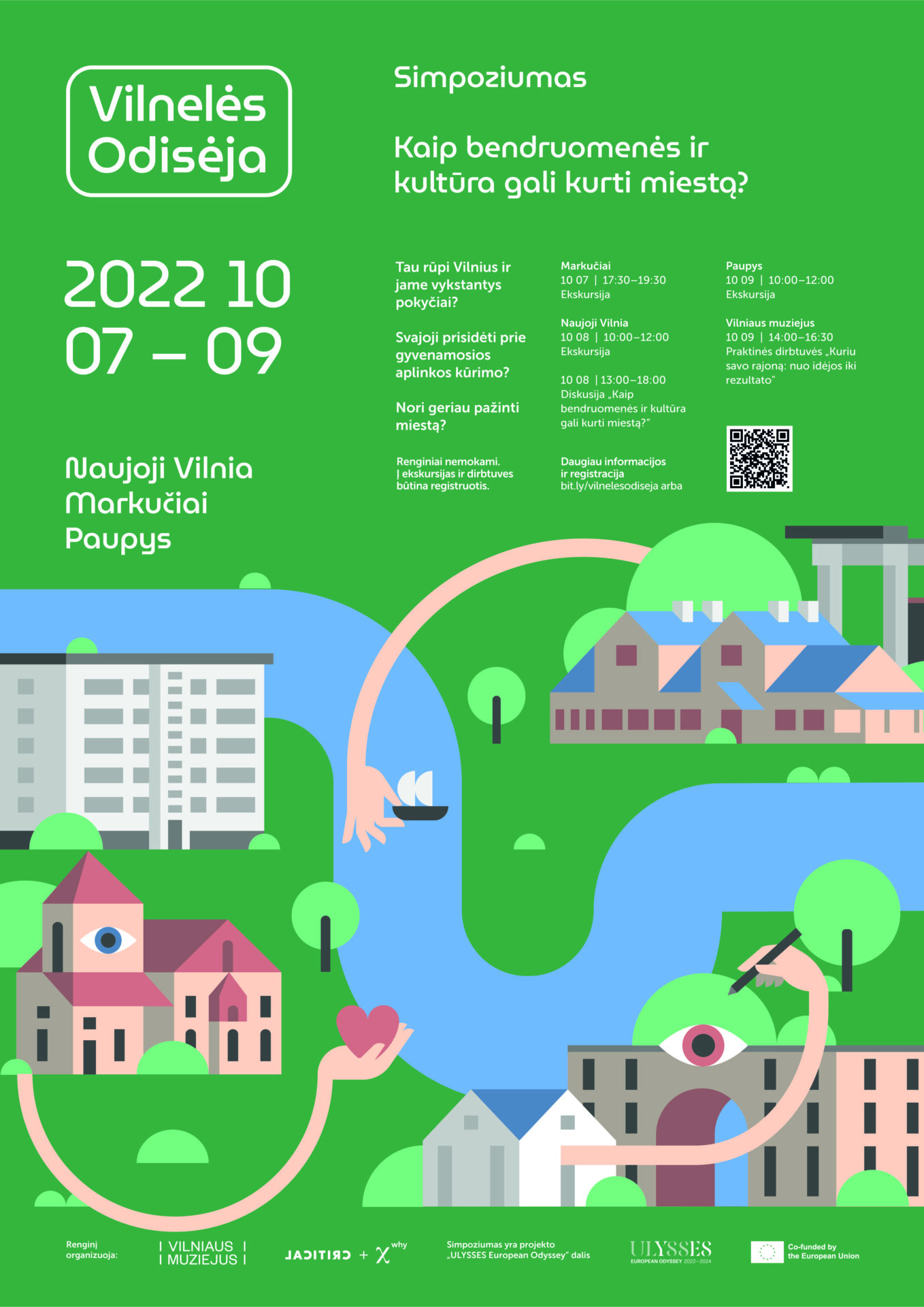
News & updates
Press
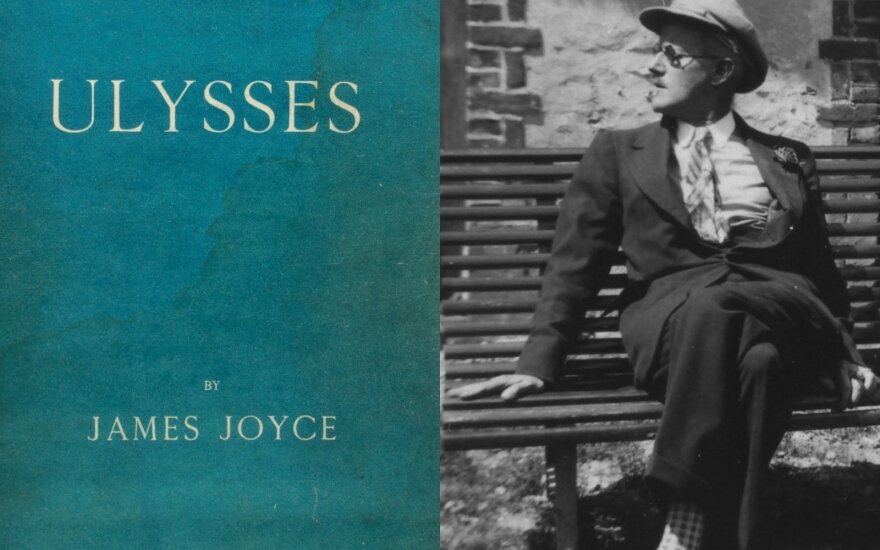
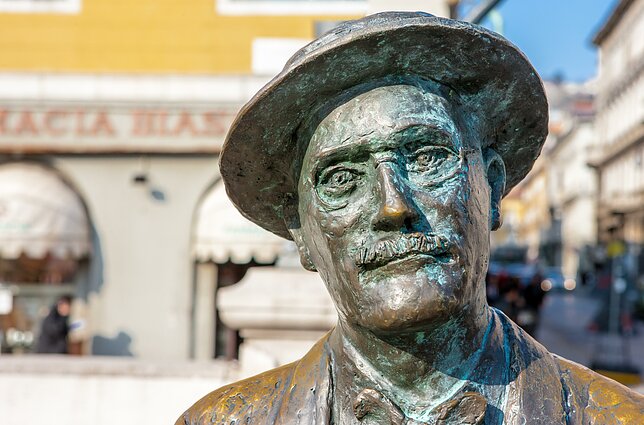
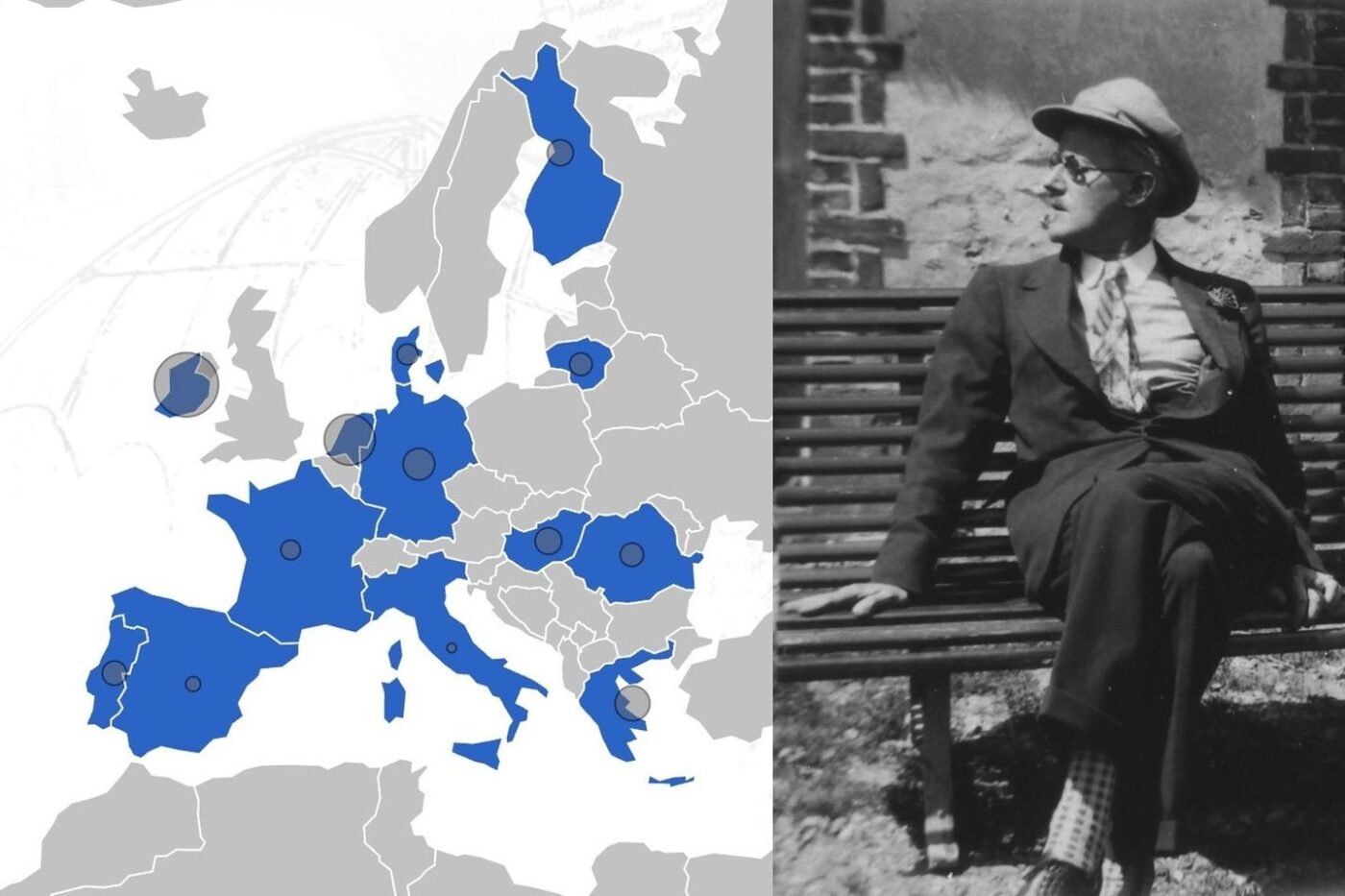
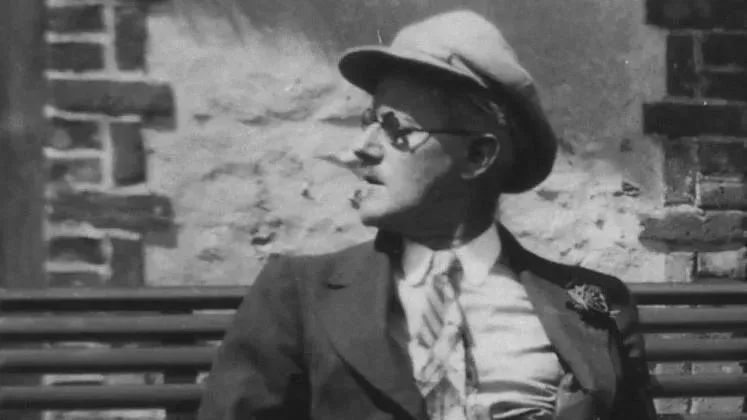
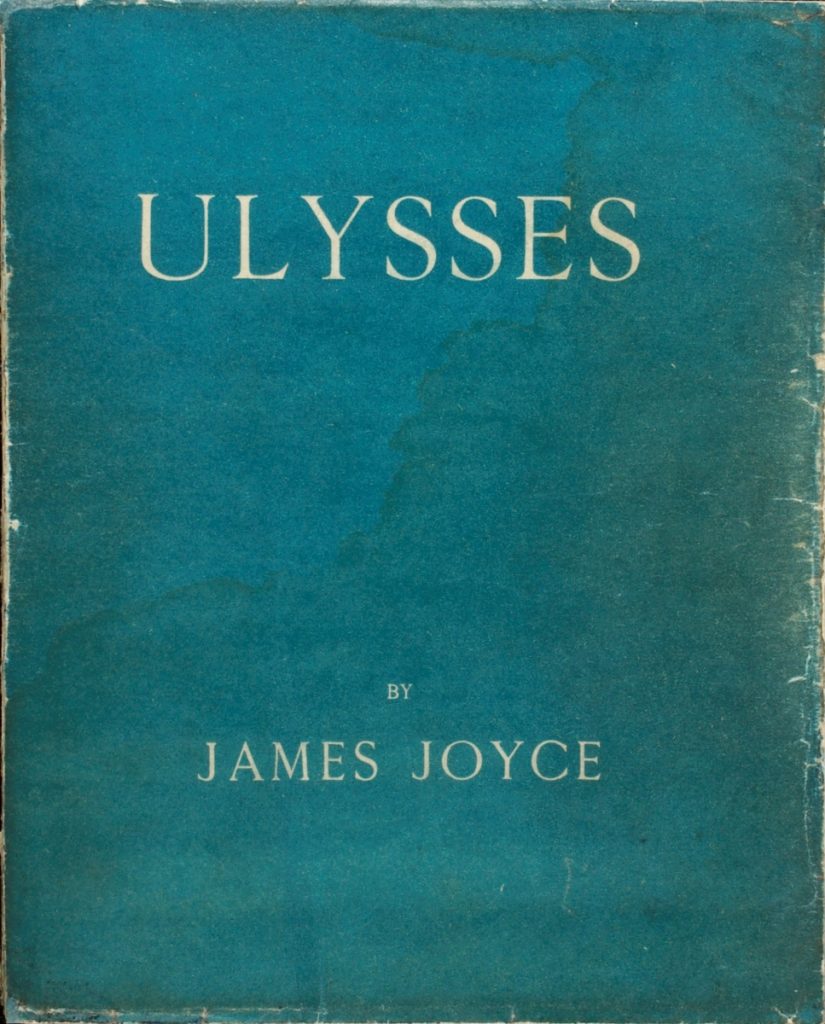
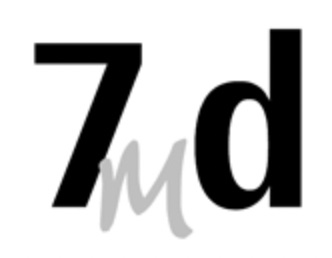
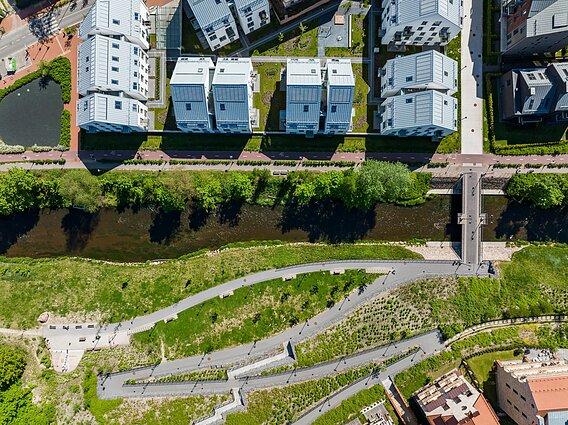
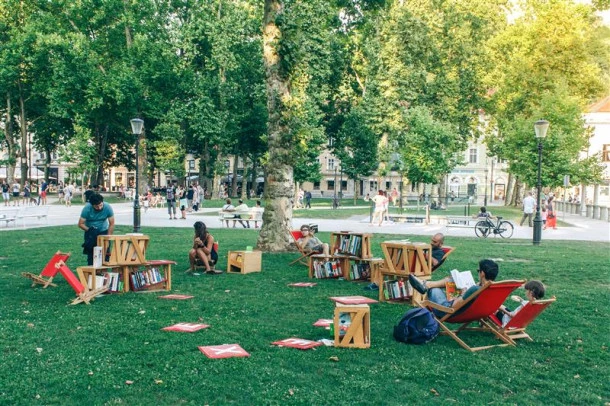
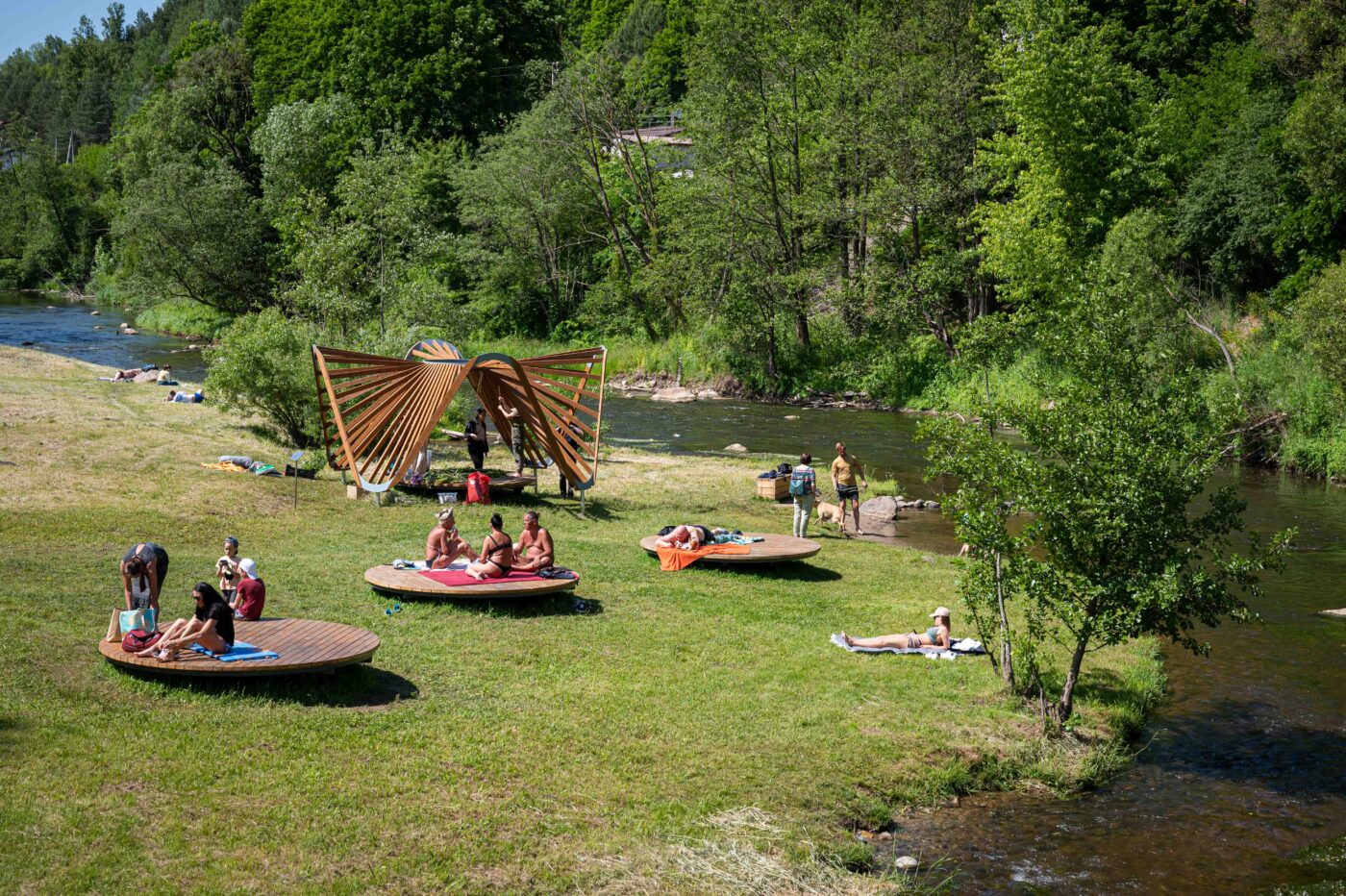
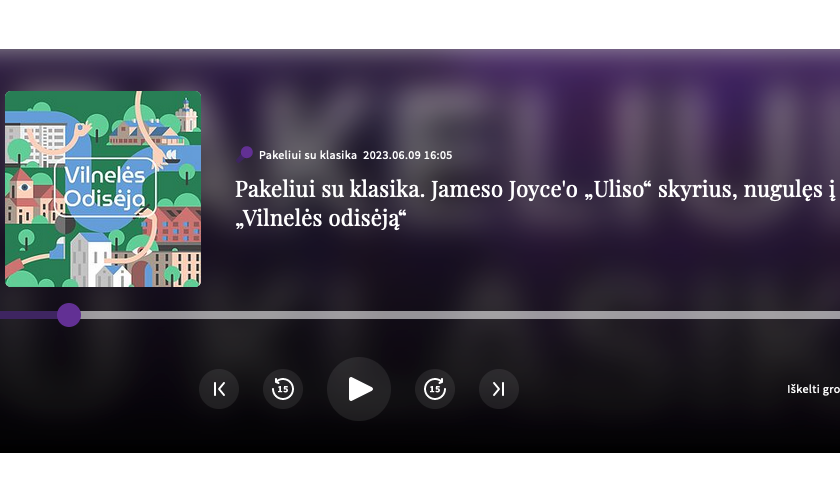
Partner description
Vilnius City Museum is a venue for learning about the capital of Lithuania, dedicated to both the citizens and the city guests. The museum presents stories of the city that are unique and important, even if unknown so far. The mission of the Museum is to nurture perceptive and knowledgeable residents of the city. Dynamic and constantly changing, like Vilnius itself, the Museum puts on two or three exhibitions each year, based on original studies of urban life. It invites visitors to take a closer look at the city, and discover something unexpected in its familiar spaces.
The Critical and Xwhy, two leading Lithuanian agencies, have joined their forces to discover new forms of quality and meaning. Their aim is to pioneer a new, enriched vision of research and design practices – a well-thought combination of both enables to better decision making and creates an impact, which is crucial in the context of uncertainty. Their process involves researching contexts and engaging all stakeholders in order to develop an in-depth understanding of the problem at hand, and their insights translate into strategic design solutions for businesses, culture, and governmental organisations. The Critical and Xwhy also seek to foster the dialogue within the industry by sharing their learnings with clients, colleagues, and partners.



